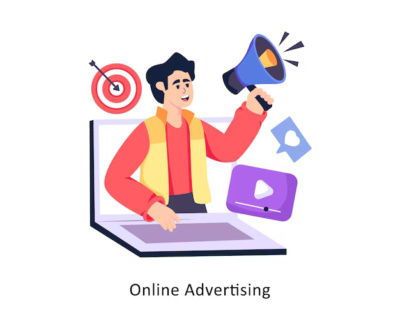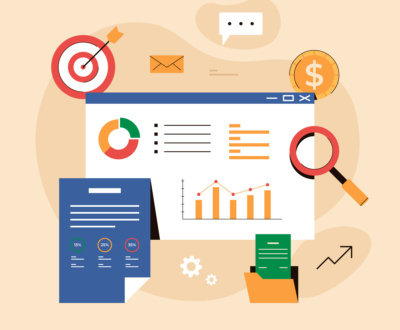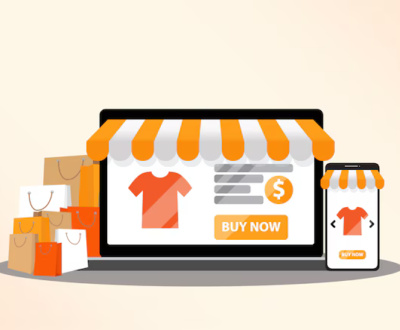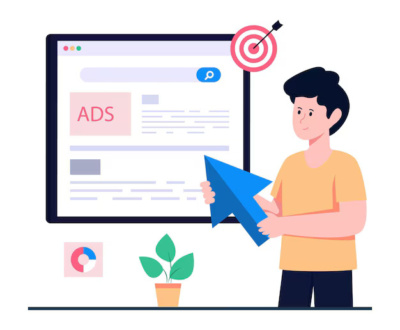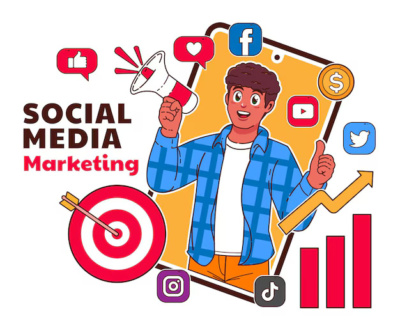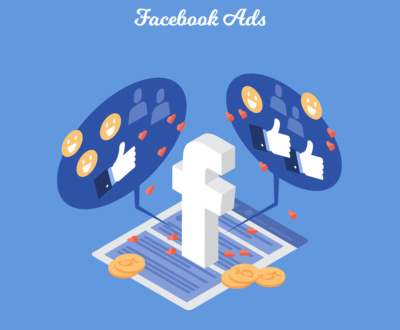Influencer Marketing vs Paid Ads for E-commerce: What Works Better?
- November 25, 2025
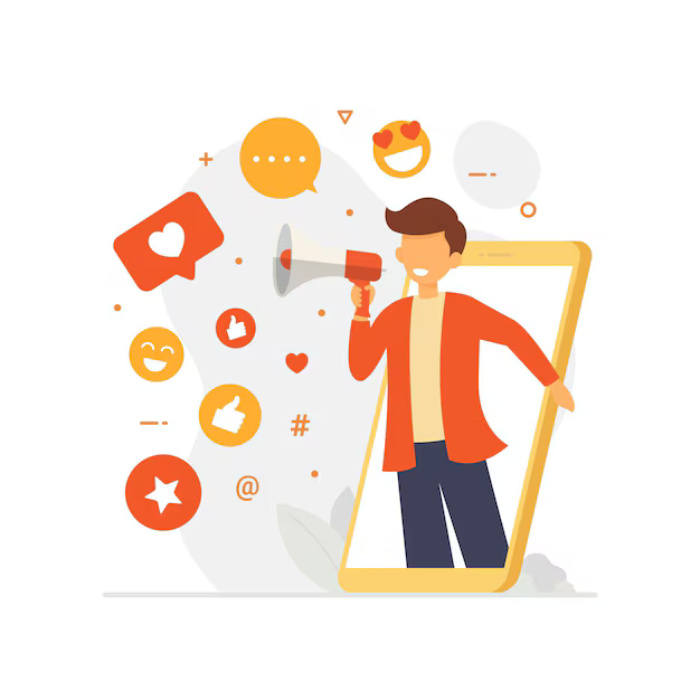
Introduction
The e-commerce industry has matured rapidly, and 2025 brings a more complex marketing environment than ever before. With increased competition, evolving consumer behavior, and the dominance of visual platforms, brands now face a crucial decision: should they invest more in influencer collaborations or allocate greater budgets toward paid campaigns? Both strategies offer powerful benefits, but they operate differently and impact the buyer journey in unique ways. To understand this better, businesses closely examine how leading companies structure their digital presence and allocate resources across social media marketing services, performance advertising, and content-driven influence models. Choosing between influencer marketing and paid ads requires a deep understanding of audience psychology, purchase intent, funnel design, and long-term brand visibility.
Common Question Asked:
What is a PPC (Pay-Per-Click) campaign?
A PPC (Pay-Per-Click) campaign is a digital advertising model where an advertiser pays a fee each time their ad is clicked, effectively “buying” visits to their website
The Evolution of Influence in Modern E-commerce
Influence has become a major currency in the digital world. Consumers react more strongly to authentic voices, relatable experiences, and personality-driven content than traditional brand messaging. This shift has led to the rise of advanced influencer marketing strategy models where creators not only promote products but also shape purchasing decisions through lifestyle expression and real-world use cases. Many businesses now collaborate with an experienced influencer marketing agency to manage partnerships, track performance, and streamline brand-creator alignment. At the same time, leading brands continue investing in social media marketing services because organic and paid visibility remains integral to sustaining reach. This dual approach highlights the need for balance between personal influence and targeted paid distribution.
Paid Advertising as a Precision-Driven Engine
Paid advertising remains one of the most accurate and controlled mechanisms for e-commerce growth. Brands running paid advertising campaigns gain the ability to micro-target users based on intent, demographics, behavior, and browsing patterns. This precision becomes even more powerful when combined with high-quality creatives, funnel-based sequencing, and deep analytics. Whether a business relies on Google Ads for high-intent search traffic or uses instagram ads for visually-driven engagement, paid campaigns deliver immediate reach and fast-track conversions. Agencies specializing in ROI-driven models, such as a Digital Marketing company in Rajkot or the Top Digital Marketing Company in India, help brands build predictable systems that scale efficiently. However, even with its analytical power, paid advertising often lacks the emotional influence created by a trusted human recommendation.
How Influence Drives Trust and Emotional Adoption
The strength of influencer marketing lies in authenticity. Consumers are more likely to trust recommendations from individuals they relate to, especially when the content feels organic and experiential. This approach aligns closely with modern marketing strategy principles that emphasize community influence and emotional value. Successful campaigns blend product storytelling with genuine experiences, enabling audiences to visualize the product in real-life scenarios. This is why creator-driven content often outperforms branded visuals in engagement and relatability. Businesses collaborating with a specialized influencer marketing agency gain access to structured creator networks, transparent performance metrics, and content that feels native to platform culture. Although influence-based promotion may not always provide immediate conversion impact, it builds long-term affinity that directly benefits e-commerce brands.
Understanding the Function of Paid Ads in Performance Funnels
Paid ads thrive in environments where speed, scalability, and precise targeting matter most. While influencers shape emotions and increase desirability, marketing ads built through structured funnels drive users to take measurable actions. Brands work with experienced teams, including a advertising company in ahmedabad or digital marketing services in vadodara, to develop high-performance sequences that guide users from awareness to checkout. Paid ads can be optimized for specific objectives such as product discovery, cart completions, retargeting, or subscription growth. Furthermore, combining paid visibility with a structured social media marketing strategy allows e-commerce brands to maintain consistent exposure while retargeting warm audiences influenced by creator content. This synergy ensures both visibility and reliability.
The Role of Strategic Integration in 2025
In 2025, the question is no longer influencer marketing or paid ads. The most successful brands integrate both within a unified digital marketing strategy. This integrated approach allows influencer content to warm the audience while paid ads activate the final push toward conversion. For instance, when users encounter a creator speaking positively about a product and later see reinforcing social media advertising, they experience psychological confirmation that accelerates decision-making. Agencies like the Top Digital Marketing Company in India support brands by merging insights from creator analytics and paid campaign performance to form a cohesive strategy. Additionally, support channels such as email marketing in india maintain continuity, ensuring that influenced users remain engaged even after initial exposure.
How Industries Leverage Both Approaches Differently
E-commerce segments use influencer marketing and paid ads differently depending on product type, audience maturity, and competition scale. Beauty, skincare, fashion, and lifestyle products often thrive through influencer-driven content because audiences value personality-based validation. These industries apply a refined influencer marketing strategy that prioritizes relatability, tone, and audience match. By contrast, high-consideration products such as electronics, wellness devices, and premium home appliances depend more heavily on structured paid advertising due to the importance of detailed information and logical justification. Agencies such as a Digital Marketing company in Rajkot often customize campaigns according to product complexity, ensuring that influence builds curiosity while paid ads deliver clarity and persuasion.
Cost Behavior and Performance Outcomes Across Both Approaches
The cost structure of influencer marketing and paid ads differs significantly. Influencer campaigns often provide strong engagement and emotional resonance but can have unpredictable conversion performance due to variations in creator credibility and audience authenticity. Paid ads deliver consistent measurability because platforms like Google Ads and instagram ads operate on controlled bidding systems. Brands choose agencies like an advertising company in ahmedabad or seek digital marketing services in vadodara to refine budgets, monitor performance, and reduce acquisition costs. When both approaches operate together, influencer content fuels the top of the funnel while paid campaigns capture intent, reducing wastage and improving conversion predictability.
The Importance of Long-Term Strategy Over Short-Term Wins
Short-term campaigns may create temporary spikes, but sustained e-commerce growth depends on long-term system building. Brands that rely solely on influencers risk volatility, while those depending only on paid ads often face rising costs and saturation. This is why combining social media marketing services with influence-based visibility creates a stable path for continuous growth. A long-term approach ensures that brand trust accumulates while performance efficiency improves through iterative data analysis. Businesses that collaborate with the top digital marketing agency in puneor strategic partners in major markets achieve greater stability because they align campaigns with evolving platform trends, seasonal patterns, and deeper consumer expectations.
Conclusion
The debate between influencer marketing and paid ads is less about choosing one over the other and more about aligning each approach with the right stage of the buying journey. Influencer marketing excels at building trust, emotional connection, and cultural relevance, while paid ads deliver precision, scalability, and conversion-driven mechanics. When woven together within a unified digital marketing strategy, both channels strengthen each other and create a powerful ecosystem for sustained e-commerce growth. Whether a brand partners with a leading Digital Marketing company in Rajkot, a advertising company in ahmedabad, or seeks advanced Digital Marketing Company Mumbai, the key lies in balancing influence with performance. In 2025, the brands that win will be those that merge human authenticity with engineered precision, creating marketing systems that influence hearts and convert behavior.
Paid ads provide immediate visibility and measurable conversions.
Yes, influencer credibility continues to shape consumer trust and purchasing behavior.
Yes, micro-influencers are cost-effective and provide niche engagement.
Influencer marketing builds emotional loyalty, while paid ads reinforce visibility.
Platforms like Instagram and Google vary depending on intent and product category.


